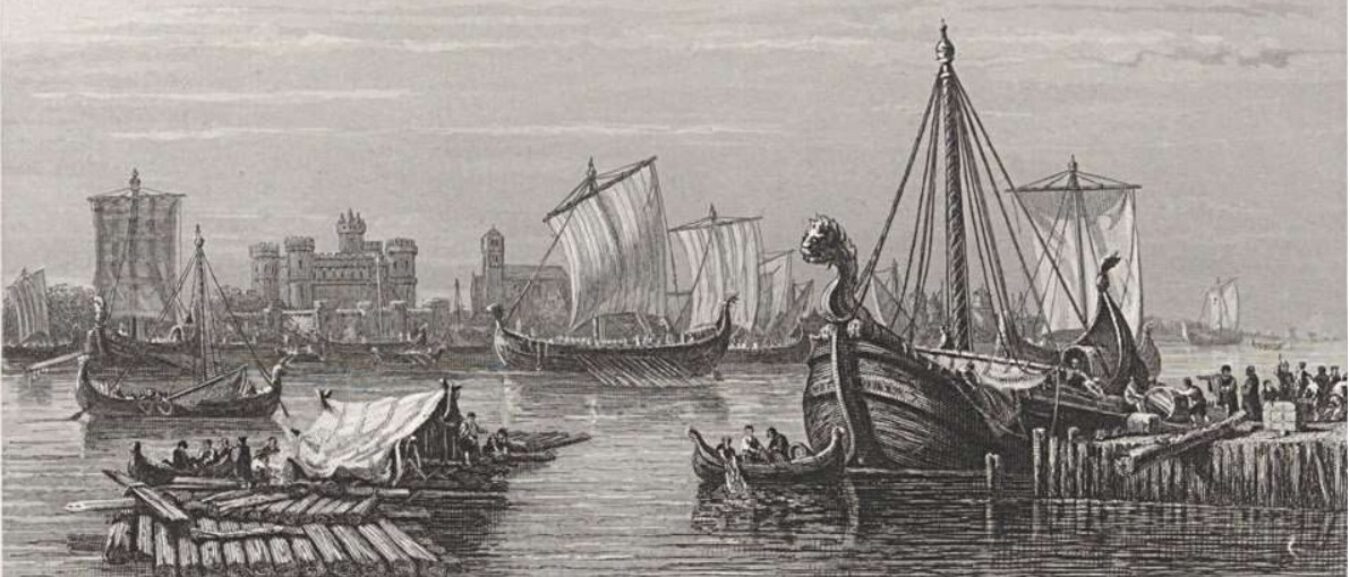Celtic paganism refers to the spiritual and religious practices of the ancient Celtic peoples, who inhabited much of Europe during the Iron Age and early Medieval period. These beliefs and practices were rooted in a deep reverence for nature, the cycle of the seasons, and the world of the gods and spirits.
Celtic paganism is characterized by a complex system of deities, spirits, and otherworldly beings, many of which were associated with natural features such as mountains, rivers, and forests. These beings were often viewed as intermediaries between the human and divine worlds, and were frequently invoked for protection, guidance, and blessings.
One of the most important aspects of Celtic paganism was the celebration of seasonal festivals, which marked the solstices, equinoxes, and other significant points in the agricultural year. These festivals, which often involved feasting, ritual, and communal celebration, were seen as a way of honoring the natural world and forging a deeper connection with the gods and spirits.
Although much of the original Celtic pagan beliefs and practices were lost with the arrival of Christianity in the region, there has been a resurgence of interest in Celtic paganism in recent years, particularly among modern-day neo-pagan and new age spiritual movements. Today, many practitioners of Celtic paganism draw on historical research, folklore, and their own intuition and inspiration to reconstruct and adapt the beliefs and practices of this ancient tradition.

